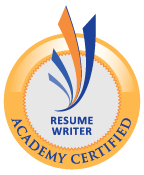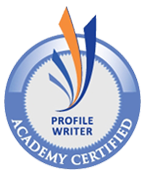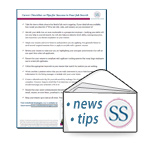 Before you can position yourself properly in the job market and distinguish yourself from other job seekers out there, you need to get clear about the type of job you want and the type of company you want to work for. As you work to craft your positioning statement (also known as an elevator speech), ask yourself the following questions:
Before you can position yourself properly in the job market and distinguish yourself from other job seekers out there, you need to get clear about the type of job you want and the type of company you want to work for. As you work to craft your positioning statement (also known as an elevator speech), ask yourself the following questions:
- Why do I want this job?
- What training do I have that qualifies me to specialize in this field?
- Why am I good at what I do?
- What can I do that others with the same job title can’t do? What makes me different from other employees with my job title?
- Is there an area where I’m better at something than others? How am I more productive and innovative than other candidates for this job?
- Is there a specific result I can deliver in this job?
- What are my top achievements in my career?
- What part of my job makes me want to get out of bed in the morning and go to work? What part of my job do I like best?
- How have I improved my work environment?
- Am I willing to go beyond what’s in my job description? What examples of this do I have?
- What kinds of customers do I most enjoy working with?
- What role do I play in helping my co-workers and/or customers achieve the results they are seeking?
- What life experiences have I had that would be valuable to others?
- How does my work contribute to an employer’s bottom line?
- What do I want my next employer to know about me?
Once you know exactly what you want and what you have to offer you can develop your abridged positioning statement. Think of it as your personal tagline. Your personal tagline is simply a short summary that succinctly describes who you are and what you do.
Your full positioning statement, which is more comprehensive than your personal tagline, includes your qualifications and key accomplishments, can be included in your LinkedIn Summary section, on your social media profiles, worked into the Qualifications Statement or Summary on your resume, or incorporated in your cover letter. When networking, your positioning statement can be the answer to the question, “What do you do?” In an interview, your personal position can be used when asked, “Tell me about yourself.”
The ability to communicate “why you” is important in the job search. It can help distinguish you from other job candidates and make you memorable. You want people you know to understand what you do so they can refer you when they hear of opportunities for which you may be a good fit. You want recruiters and hiring managers to look at your resume and feel that they have to meet you in person. And, when you walk out of that interview for the perfect job, you want the interviewer to remember exactly who you are and what you can do for them that others can’t.
Knowing your skills and qualifications, and being able to communicate them, will help you to position yourself appropriately and attract the right connections, opportunities, and job offers.
Note: This blog post only touches on certain aspects of this topic and is not a comprehensive list. This blog post is an educational and informational resource for job seekers and is not a substitute for working with a resume writer or other professional. See our Terms and Conditions for additional information.







Comments are closed.